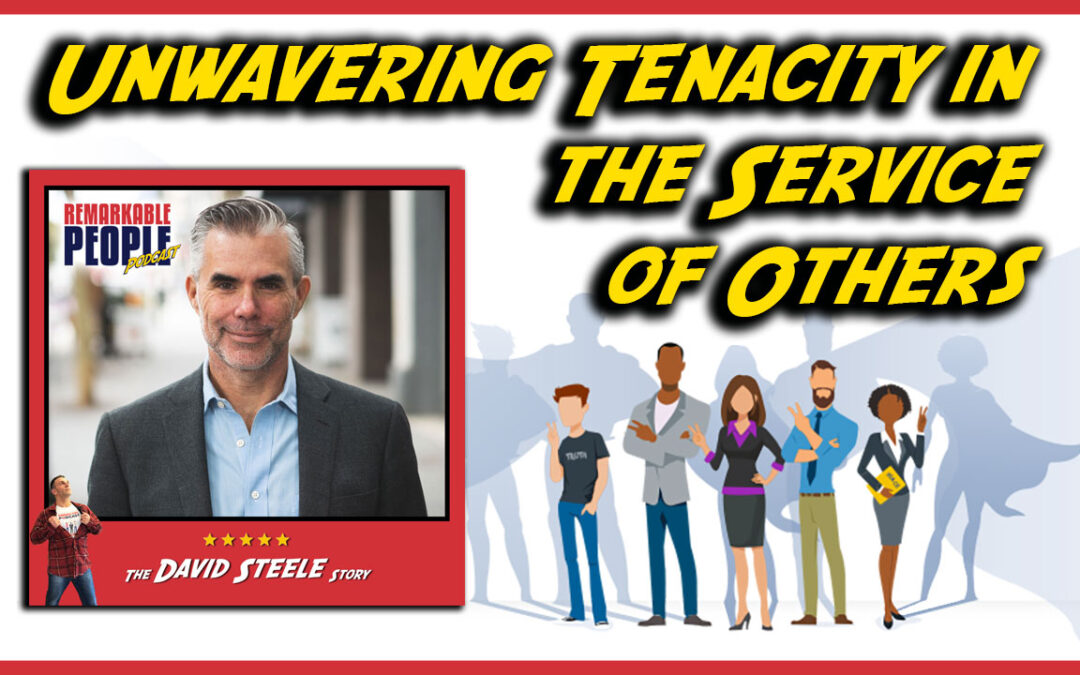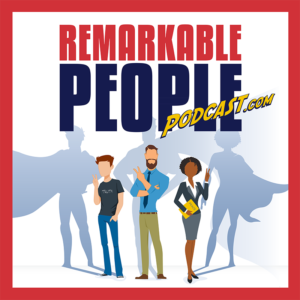Originally Published: November 5, 2025
In 2025, L&D and HR teams are moving away from checking whether someone finished a course and toward asking whether they actually use the skill at work. This shift has accelerated demand for skills intelligence platforms—tools that go beyond test scores to measure real behavioural change. In this guide, we explore eight standout platforms in this space, starting with a newly launched one making waves.
1. Helix
What it does:
Launched in July 2025 by the creators of 5app, Helix is a skills intelligence platform that uses AI to track soft skills in the flow of work. It integrates with Zoom, Teams, and Google Meet to passively detect and analyse behaviour during real workplace interactions. There are no quizzes, no self-assessments, and no manual reviews—Helix watches how people work and maps it to actual skill use.
It currently tracks nine core soft skills (including communication, coaching, active listening, and strategic thinking), delivering live scores and personalised development suggestions. Helix is also used to scale quality assurance (QA) in coaching and virtual instructor-led training (VILT).
Best for: L&D and HR teams seeking measurable behaviour change and automated insights into skill usage.
Pros:
- Automatically captures how skills are used in real-world settings
- Personalised learning plans based on actual behaviour
- Enables scalable QA for coaching and virtual training
Cons:
- Pricing may be out of reach for very small businesses
- Requires organisational readiness to act on behavioural data
Why pick it:
Helix is ideal for teams aiming to tie learning directly to workplace outcomes, without relying on outdated metrics like completion rates or subjective feedback.
2. Eightfold AI
What it does:
Eightfold is an enterprise-grade Talent Intelligence Platform that applies AI to the full talent lifecycle—from hiring to internal mobility and development. It uses skills data to match employees to open roles, identify career paths, and guide upskilling decisions.
Best for: Enterprises seeking a skills-based approach to talent planning, internal movement, and workforce development.
Pros:
- Advanced matching for internal mobility and recruitment
- Unified data model across the employee lifecycle
- Scalable insights for large organisations
Cons:
- Less focused on real-time behaviour in daily tools (e.g., live meetings)
- Implementation may require change management and high data maturity
Why include it:
Eightfold brings a macro-level view of skills intelligence, with a strong focus on talent mobility and strategic workforce planning.
3. Gloat
What it does:
Gloat offers an internal talent marketplace powered by AI. It connects employees to projects, mentors, gigs, and learning opportunities based on their skill sets and aspirations. Gloat promotes workforce agility by helping organisations redeploy talent effectively.
Best for: Organisations investing in cross-functional mobility and talent engagement.
Pros:
- Encourages internal growth and development
- Powerful skills-matching engine
- Improves transparency in opportunities
Cons:
- Not focused on passive behavioural skill tracking
- Requires a supportive organisational culture for adoption
Why include it:
Gloat is a top competitor in the space, delivering strong skills intelligence with a focus on dynamic workforce mobility.
4. TalentGuard
What it does:
TalentGuard offers a complete suite for skills mapping, talent development, and workforce planning. The platform includes assessment tools, job-role frameworks, and skill gap analytics.
Best for: Companies that want a structured approach to identifying and managing skill inventories.
Pros:
- Strong for competency frameworks and gap analysis
- Dashboards for visualising role readiness
- Supports succession and learning planning
Cons:
- Less emphasis on live behavioural signal tracking
- An assessment-focused approach may feel static in fast-paced environments
Why consider it:
TalentGuard is a solid option for organisations seeking clarity around workforce capability and structured development.
5. iMocha
What it does:
iMocha is a skills intelligence platform that specialises in assessments, benchmarking, and analytics. With 3,000+ pre-built skill assessments, it supports hiring, training, and upskilling initiatives.
Best for: Organisations starting their journey into skills-based talent development and assessment.
Pros:
- A vast library of technical and non-technical skill tests
- Integrates with existing HR and learning systems
- Useful for hiring, benchmarking, and training validation
Cons:
- Doesn’t focus on measuring skills in daily work settings
- More assessment-driven than behaviourally adaptive
Why include it:
Great for foundational skills data and especially useful if you’re building your first skills map or benchmarking tool.
6. Disprz
What it does:
Disprz is a learning and skilling suite combining LMS/LXP capabilities with AI-driven skills analytics. The platform tracks learner activity and provides insights for bridging skill gaps.
Best for: Organisations wanting a single platform for both content delivery and skills tracking.
Pros:
- End-to-end learning + skills platform
- AI recommendations and content mapping
- Good fit for distributed and multilingual workforces
Cons:
- Skills analysis may not match the behavioural depth of other options
- Requires structured content strategies for full value
Why include it:
Disprz offers a unified approach for L&D teams who want analytics and delivery in one tool, especially across geographies.
7. SkyHive
What it does:
SkyHive uses real-time labour market and workforce data to help organisations identify skill gaps, plan reskilling strategies, and build future-ready teams. In 2024, it was acquired by Cornerstone OnDemand.
Best for: Companies focused on large-scale workforce transformation and future skill planning.
Pros:
- Predictive insights into future workforce needs
- Real-time skill taxonomy from global data
- Supports reskilling and equitable transitions
Cons:
- Less about in-the-moment behavioural signals
- May be too advanced for early-stage skills strategy teams
Why include it:
SkyHive focuses on macro-level reskilling and workforce intelligence, making it a powerful tool for change-focused HR teams.
8. Fuel50
What it does:
Fuel50 is a career pathing and talent mobility platform that uses a proprietary skills ontology to align employees with internal growth opportunities. It supports engagement through self-driven learning and AI-based skill suggestions.
Best for: Organisations linking skills to succession planning, retention, and internal development.
Pros:
- Visual, personalised career mapping
- Encourages self-directed development
- AI-driven mobility and readiness scoring
Cons:
- More focused on progression than day-to-day skill application
- May require integration with other platforms for full analytics
Why include it:
Fuel50 is ideal when you want skills to drive internal mobility, especially in retention-sensitive or highly structured environments.
Final Thoughts
When comparing skills intelligence platforms, it’s important to ask:
- What kind of intelligence do we need? Helix captures soft skills in action. Others (like iMocha or TalentGuard) provide structured assessments.
- Are we focusing on today or tomorrow? SkyHive and Eightfold excel at workforce planning; Helix focuses on behaviour change right now.
- Do we need learning + analytics in one place? Disprz fits that brief.
- Are we ready to scale behavioural QA? Helix uniquely supports quality monitoring in virtual coaching and training sessions.
Bottom line:
There isn’t one “winner” when it comes to skills intelligence platforms; many can fulfil your needs. What matters most is finding the right fit to boost the organisation’s goals and efficiency.
The platforms discussed above all attempt to address the same core issue of understanding and developing real skills at work.
However, if you’re prioritising an understanding of how individuals act in real-world working environments, especially in soft skills such as communication, coaching or adaptability, then a platform like Helix will provide a new, automated method of collecting this data within context.
Want More Info? How about a Free 30-minute Consult with Ascend?
Schedule Your Free Consultation Now!
Special thanks to the following source(s) for the image(s) used in this article:
- https://www.pexels.com/photo/a-woman-standing-in-an-office-with-her-arms-crossed-23496772/
Enjoy a Great Podcast? ?
Check out this Remarkable episode to continue the conversation and help you grow!

Unwavering Tenacity, Risk Adjusted Return, & the Importance of Service to Others with David Steele
"If you want advice from someone, ask for money. If you want money from someone, ask for advice." ~ David SteeleWATCH THE PODCAST Click the play button ▶️ above 👆 to watch now! Please Note: You can skip any ads after 5-seconds by clicking, "Skip Ad" in the bottom-right corner of the video window. These are not ads we control, or necessarily endorse. They are delivered by the video hosting company, YouTube or Rumble. Thank you for...
 Listen Now!
Listen Now!
DISCLAIMER: This is an affiliate article. We post affiliate articles with the intent of helping you grow. They are not written, researched, or necessarily endorsed by our team. They are simply content submitted to us by what appears to be respectable affiliate sources, people, and organizations, which upon initial review, seem solid and helpful to our community, so we post them. It is up to you to personally verify the facts, links, organizations mentioned, the validity of the information presented, and any/all claims made in the article(s). To report an issue with any of the information, links, or organizations mentioned in this, or any content posted on our website, or if you simply have a question or need something we can help you with, please contact us now.






